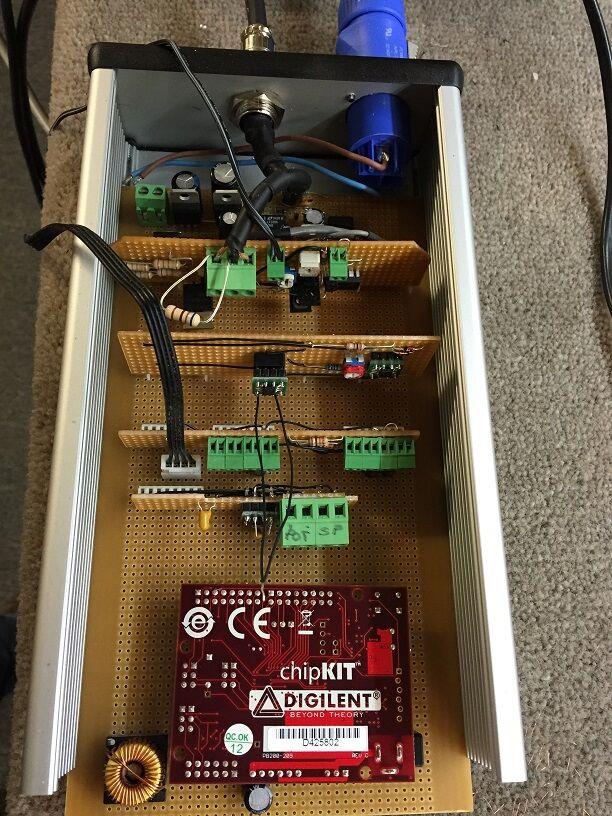You really do have some sort of chip on your shoulder. I have generally found this forum very helpful and friendly. No one has any vendetta - we all use different machines and have different ideas but as posted before, mis-information will be challenged.
Links with photos and build details of other members projects were posted previously on this thread. I will try and post some pics for you later.
As for the XR71 - Bulgarian design PI made primarily for relic hunting in Europe. Was originally designed for large diameter coils ie 1m sq but will run a smaller coil. Not designed for small gold due to having a recommended coil of 400 - 500 uh. Unfortunately this high an inductance wont allow successful short delays required for small gold as the coil wont be fast enough.
I have read good reports in the past for this machine but that is in Europe on relics where they dont have the highly mineralised soil we have down here. It may be possible to modify this machine for a slightly smaller delay time but it does have its design limitations. It really depends on what you want to use this machine for.
It looks like a pretty simple straight forward build but again I would suggest you get an oscilloscope so you can actually see what is going on when you are doing your adjustments.
As for the ironstone question - I have not tried to look for gold in solid ironstone so I dont know. I have not used my gear in anything other than mineralised ground so I dont know. The theory says it should work in both but not having tested it - I dont know.
Links with photos and build details of other members projects were posted previously on this thread. I will try and post some pics for you later.
As for the XR71 - Bulgarian design PI made primarily for relic hunting in Europe. Was originally designed for large diameter coils ie 1m sq but will run a smaller coil. Not designed for small gold due to having a recommended coil of 400 - 500 uh. Unfortunately this high an inductance wont allow successful short delays required for small gold as the coil wont be fast enough.
I have read good reports in the past for this machine but that is in Europe on relics where they dont have the highly mineralised soil we have down here. It may be possible to modify this machine for a slightly smaller delay time but it does have its design limitations. It really depends on what you want to use this machine for.
It looks like a pretty simple straight forward build but again I would suggest you get an oscilloscope so you can actually see what is going on when you are doing your adjustments.
As for the ironstone question - I have not tried to look for gold in solid ironstone so I dont know. I have not used my gear in anything other than mineralised ground so I dont know. The theory says it should work in both but not having tested it - I dont know.







